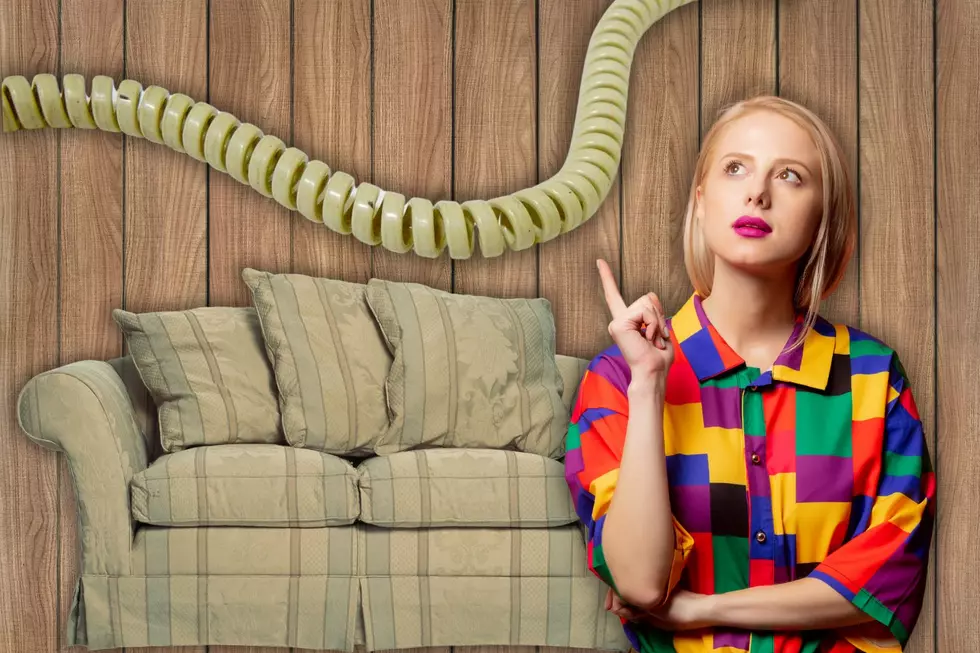
10 Things You Didn’t Know About Faeries
While the idea of faeries has permeated both Celtic mythology and modern-day fiction, when most people think of the Good Folk, they automatically think of Disney's 'Tinker Bell.' However, there's all sorts of variations about the faeries in history and pop culture.
So this St. Patrick's Day, kick back with a pint of Guinness and read more about this mysterious and mischievous Otherworldly race that has haunted authors from the ancient Celts all the way down to W.B. Yeats himself!
- 1
Faeries Like to Tangle Kid's Hair
Free-hdwallpapers.comFree-hdwallpapers.com If your parents ever complained about your hair being very messy and tangled as a kid, now you have a good excuse! You can tell them that it was due to the faeries messing with your hair while you slept and trying to bring the “elf locks” look into fashion.
- 2
Tinker Bell Can Talk?!
Icollector.comIcollector.com Everyone’s favorite pixie in Disney's ‘Peter Pan’ is probably one of the most famous fictional faeries of all time. Starting from the original book, it’s been tradition for both stage and movie adaptions to keep her role a non-verbal one. However, the only time that tradition was broken was when Julia Roberts took on the role of the feisty little faerie in 'Hook.'
- 3
Tinker Bell Was Based on a Real Actress
While Tinkerbell is easily one of the most recognized faeries, did you know that Disney used a real model? The temperamental tiny blonde’s looks were based on an actress named Margaret Kerry, who was hired by the animators to be a live-action reference.
- 4
Faeries Are Allergic to Iron
Harper Teen, Iheartmonster.comHarper Teen, Iheartmonster.com In traditional faerie lore, they are allergic to iron and hide at the sight of it. This folkloric deterrent is also used as a way to protect one’s self from faeries in Melissa Marr’s 'Wicked Lovely' series for young adults. Guess they're not going to flock to the theaters to see 'Iron Man 3' then!
- 5
Gaels: 1, Faeries: 0
Shee-eire.comShee-eire.com In Celtic mythology, the Daonine Sidhe are the Faerie Folk who were defeated by the Milesians (aka the Gaels) in an epic battle. The Milesians claimed all of Ireland for themselves, and the Faeries were forced to make their abodes in mounds that existed under the hills. No wonder they play pranks on us poor unsuspecting humans, they're angry that we took their land.
- 6
Some Faeries Won't Win 'America's Next Top Model'
Chandrasboxofstars.typepad.comChandrasboxofstars.typepad.com Some legends say there are two faerie courts: the Seelie and Unseelie Sidhe. In Scottish folklore, the Seelie fey are the aristocrats of the faery world while the Unseelie fey are more nightmarish and malicious. (Think David Bowie as Jareth in 'Labyrinth,' for example.)
- 7
Not All Faeries Are Immortal, Says J.R. R. Tolkien
New Line Cinema, Lotr.wikia.comNew Line Cinema, Lotr.wikia.com If you’re a fan of Tolkien’s 'Lord of the Rings,' you know that his elves are gifted with preternatural strength and speed, making them deadly warriors. But did you also know that in Tolkien’s mythos, elves can be killed in battle or die because they lose the will to live? It's pretty rare, given how good they are with a bow and arrow--just look at Legolas's mad archery skills! Still, every so often, some poor unsuspecting elf like Haldir in 'The Two Towers' will bite the dust.
- 8
There Are Different Kind of Faeries
William Thomas Cain, Getty Images NewsWilliam Thomas Cain, Getty Images News We’ve all seen images of leprechauns, especially when St. Patrick’s Day rolls around. However, many stories of these wee folk often conflate them with the Claurichauns or Far Darigg, which is wrong as they are three different kinds of Fey. The Claurichauns are best known for liking to drink and party while the Far Darrig can be spotted due to his red coat and penchant for cruel practical jokes. The leprechauns, on the other hand, play harmless practical jokes and like to dress like mortal shoemakers or cobblers.
- 9
Yeats Was A Huge Fan of the Faerie Folk
NYTimes.comNYTimes.com One of Ireland’s most famous poets, W.B. Yeats was strongly influenced by traditional Irish lore and often wrote about the faery folk. He even went so far as traveling around Ireland in order to write down people’s experiences with the Fey and other supernatural beings. The faerie lore was so beguiling to Yeats that he would write a book called 'Celtic Twilight,' which was all about Irish myths. They also made appearances in his poetry too ('The Stolen Child,' anyone?)
- 10
King Arthur Is Chillin' With the Faeries In Avalon
Fanpop.comFanpop.com Faerie lore goes hand in hand with the traditional Arthurian stories: after the battle of Camlann when Arthur is mortally wounded, four Faerie Queens taken him to Avalon, where he and his knights sleep under the hill until Britain has need of him. The poor King is going to get quite the culture shock if he ever wakes up, though!
More From TheFW

![‘Snow White and the Huntsman’ Trailer Features Epic Charlize Theron and Kristen Stewart Stand-Off [VIDEO]](http://townsquare.media/site/341/files/2011/11/snowwhitetrailer.jpg?w=980&q=75)
![Five TV Shows Based on Fairy Tales That Predate ‘Grimm’ and ‘Once Upon a Time’ [VIDEOS]](http://townsquare.media/site/341/files/2011/10/Once-Upon-a-Time1.jpg?w=980&q=75)






